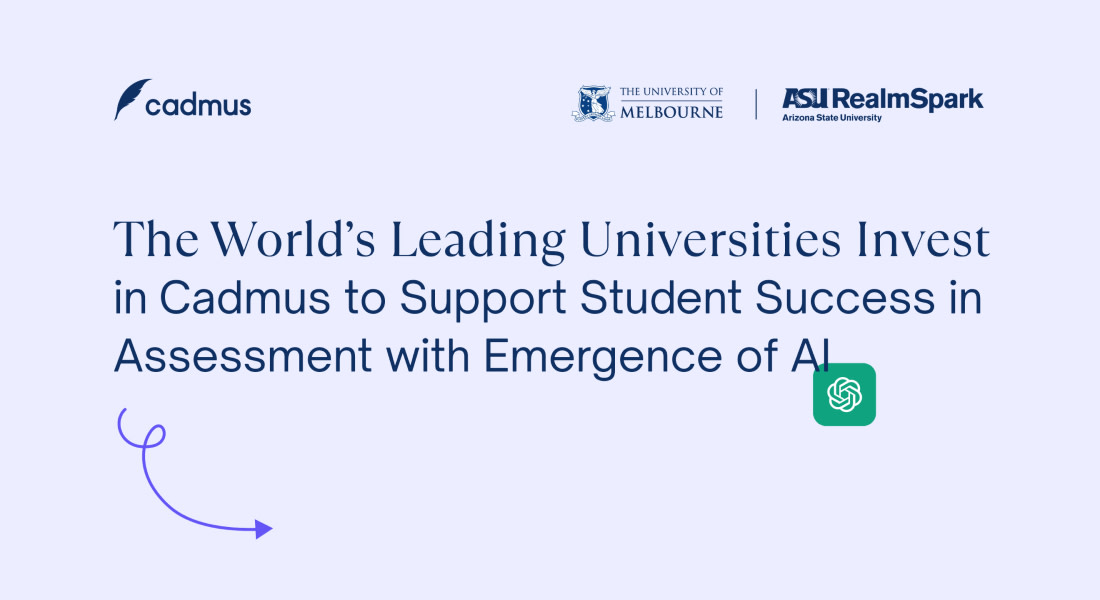How the EdTech industry is changing the future of learning in 2022

EdTech is set for a booming 2022 as the effects of the COVID-19 pandemic continue the rapid transformation of learning, following a record year for investment in education technology globally.
The result is a fundamental shift as EdTech moves from the cutting edge to the mainstream and startups continue to play a key role in revolutionising the sector.
Last year saw an incredible $20.8 billion of EdTech venture capital investment globally through more than 1,500 funding rounds. This almost doubled the amount raised in 2020 and set a record for the industry.
According to HolonIQ, there are now 32 EdTech unicorns (private companies worth more than $1 billion) including one Australian venture Go1. There are more startups beyond this, notably including Coursera and Duolingo, both valued at more than $5 billion each.
If the past two years have set the groundwork and scaled up investment for digital transformation, the sector is now looking to refine and evolve its approach as students, young and old, are learning in new ways.
Technology will play a crucial role in addressing this shifting dynamic as the world moves forward. 2022 will continue to push the boundaries and change the rules on how education models work across the world.
Driving continuous improvement with EdTech
EduGrowth & Deloitte’s Australian EdTech Census 2021, outlines the challenges faced by Australian companies competing on a global scale against better-funded US and Chinese players, where students drive demand for digitisation of education.
“Despite the challenges it has raised, COVID-19 has not only driven demand for EdTech solutions, but further underlined the promise and potential of education innovations EdTech can enable. Nowhere is this more apparent than in digital and blended learning, with the pandemic accelerating the need for technologies that enable personalised learning outside the classroom or lecture theatre.”
The Census also concludes by calling for education providers to cement the role of EdTech as a critical way to continuously improve learning and teaching. It suggests the key to this is ongoing partnerships and collaboration.
"[Partnerships] are a mechanism for continuously improving the delivery of high-quality blended and digital learning at scale, not a means to experiment with ‘bleeding-edge’ innovation slow to reach mainstream education delivery practice.”
EdTech trends for 2022
In Australia, there is increasing opportunity and demand for technology in Higher Education and Workplace, as organisations change traditional models and invest in lifelong learning methods. According to the 2019 Edtech survey, 58 per cent of EdTech companies operate in this space.

This is also evident in the HolonIQ top 50 Australian and NZ EdTech companies, with some of the fastest-growing startups in higher education and workplace segments.
In terms of key trends evident in these sectors, personalised learning is beginning to take a front seat in education models.
Analytics and adaptive learning
The potential of AI and analytics to adapt learning to individual student needs is only beginning to be utilised in higher education. Adaptive technologies will make it easier for students, particularly those with diverse needs, to access and engage with course materials and fill knowledge gaps. With the increase of blended learning, in particular, we've seen tools like Cadmus (listed in HolonIQ's EdTech Top 50) improve support and level the playing field for students learning in different modes (on-campus, off-campus, or hybrid). More nuanced and adaptive support will only increase as technology improves. The analytics provided by this technology also means that institutions have a far greater understanding of student needs than ever before.
Video, VR and AR
Video plays an essential role in online and adaptive learning, and to engage modern learning higher education is increasingly turning to short-form video. Beyond this, and with major tech players like Facebook engaging in the metaverse, learning is about to take a leap into mixed realities. Microsoft has released Microsoft Mesh, where online students can communicate with instructors via 3D avatars.
Online assessments and exams
With the pandemic forcing all learning online, the question of exams and assessment has been paramount. Executing an exam or assessment is only half the equation. Taking a holistic approach to assessment, connecting with students, and ensuring they remain engaged is also critical. This is another area where Cadmus supports universities — partnering with institutions to solve their biggest assessment challenges like academic integrity and online exams.
EdTech’s time is now
FinTech burst onto the scene as a major disruptive player in the wake of the global financial crisis, with a host of new companies fundamentally changing the way we access, save, borrow, and lend money.
EdTech is now in its booming moment. Like FinTech before it, the disruptive players like Coursera and Go1 are those in the headlines but the broader suite of innovative new companies are driven by those collaborating and working with traditional institutions as they undergo rapid digital transformation.
It is therefore essential that universities, schools, and corporations look to these players in partnership to take them into the new era of education as the pandemic continues to raise the bar across industries in what students expect from their learning experiences.

Keep learning…
The latest in teaching and learning. Delivered to your inbox.



